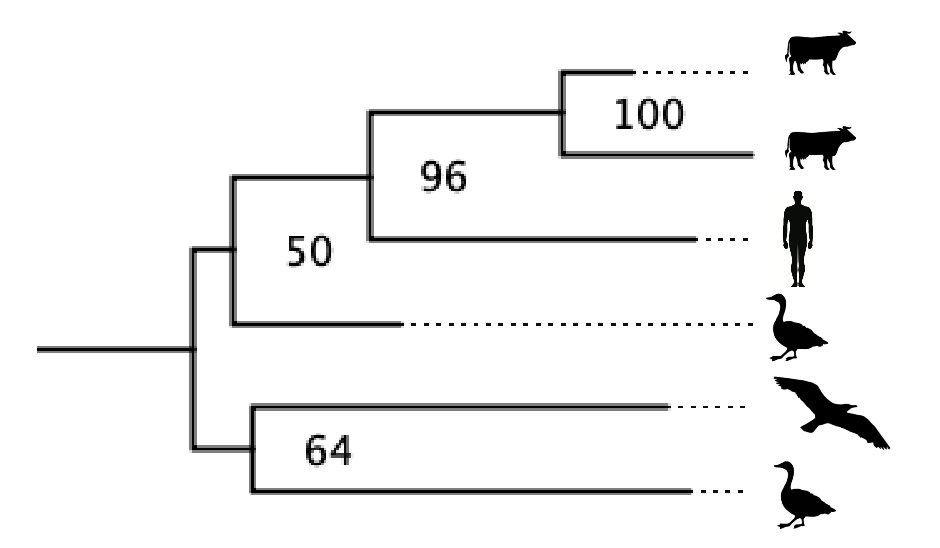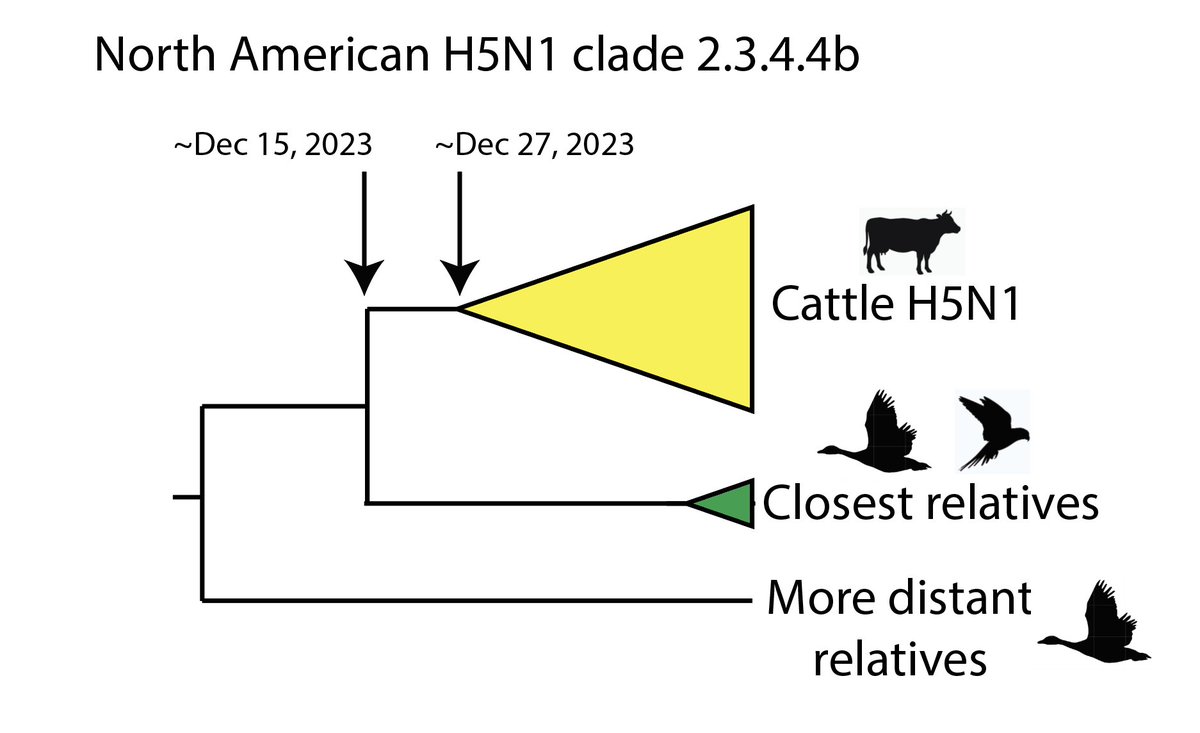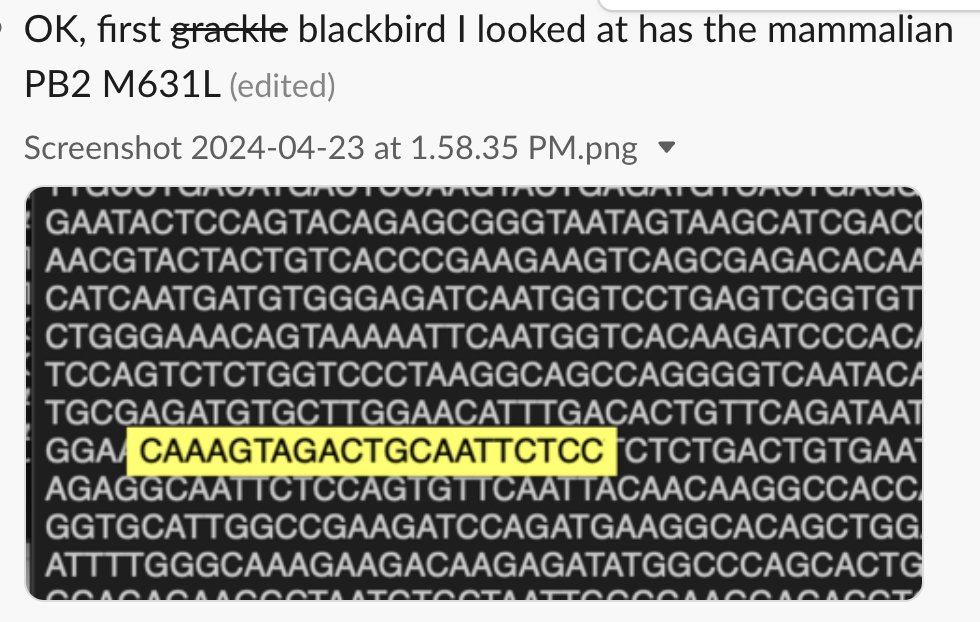Short 🧵
No, it's not just as risky @ydeigin.
This ridiculous comment captures perfectly a growing concern I have. A much-needed discussion about making pathogen research as safe as possible is getting hijacked by the SARS-CoV-2 origin debate. 1/
No, it's not just as risky @ydeigin.
This ridiculous comment captures perfectly a growing concern I have. A much-needed discussion about making pathogen research as safe as possible is getting hijacked by the SARS-CoV-2 origin debate. 1/
https://twitter.com/ydeigin/status/1469777421801033730
People who lack expertise can sometimes make important contributions. But often those with expertise are in a better position to do so.
My daughter is going to have a complicated surgery soon, and I would like her surgeon to decide how to do it as safely as possible. 2/
My daughter is going to have a complicated surgery soon, and I would like her surgeon to decide how to do it as safely as possible. 2/
I am relying on the surgeon's expertise and experience to inform his sense of proportion, something that is lacking in many believers in a lab leak origin of SARS-CoV-2 when it comes to lab safety. 3/
Loud voices with little sense of proportion but a high degree of certainty that a lab error led to the pandemic are being given undeserved credibility. Their predictable calls to burn the virology house down risk hobbling our ability to fight future pandemics. 4/
Every conceivable pathogen-related scientific endeavor should be evaluated on its own merits. Some things are riskier than others and should not be done.
And some things carry very low risk, like the highly informative inert virus work of @PaulBieniasz and @theodora_nyc. 5/
And some things carry very low risk, like the highly informative inert virus work of @PaulBieniasz and @theodora_nyc. 5/
Just as we would be less safe if we banned ambulances over worries that they might hit pedestrians, we will be less safe if we prohibit any virological work that strikes someone like @ydeigin as scary. 6/
I am well aware that the very people who need to hear this most will be the least receptive, but it's time to divorce the lab safety discussion from the COVID origins debate. /7
• • •
Missing some Tweet in this thread? You can try to
force a refresh








